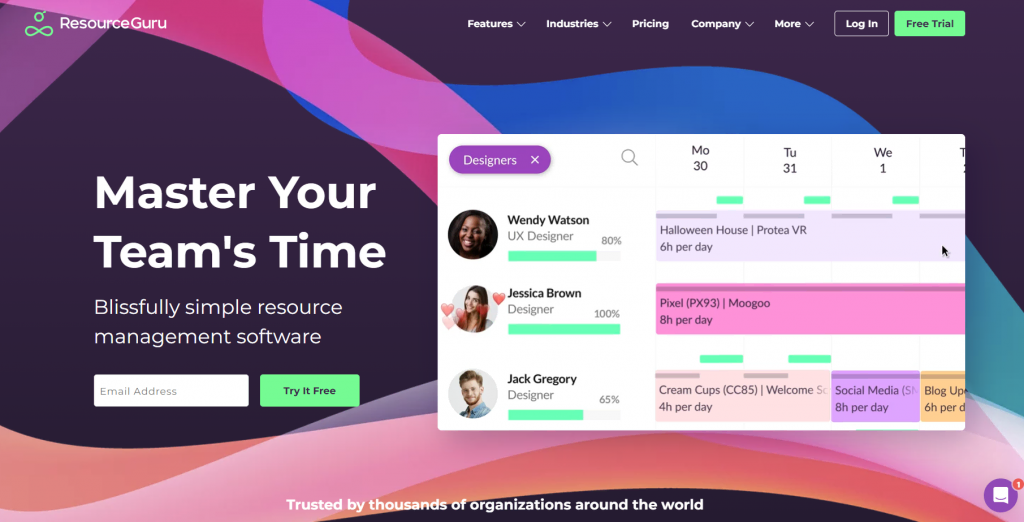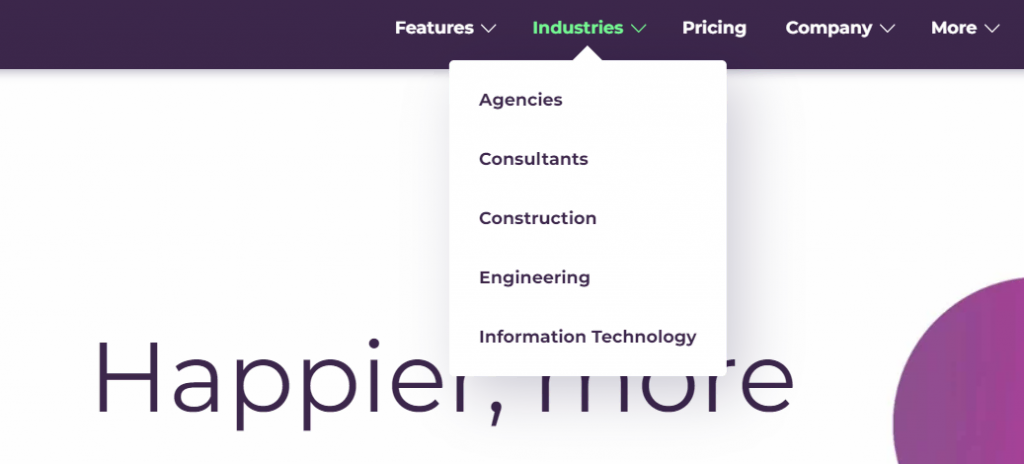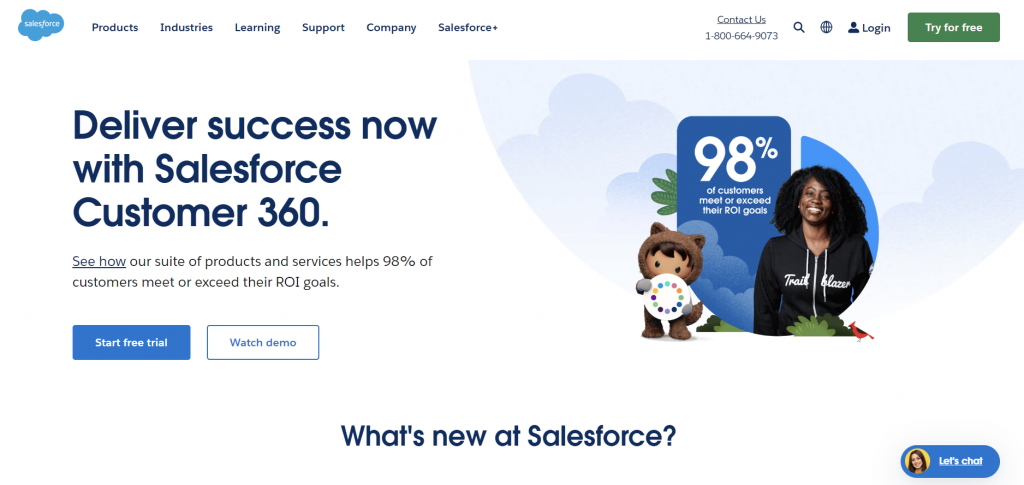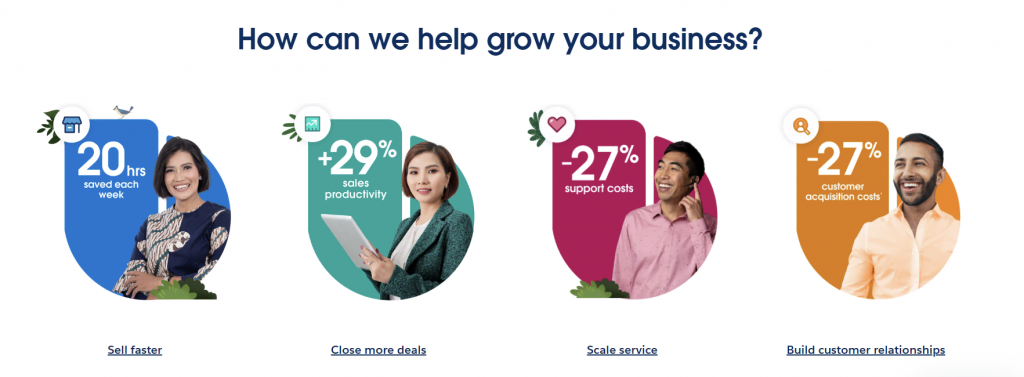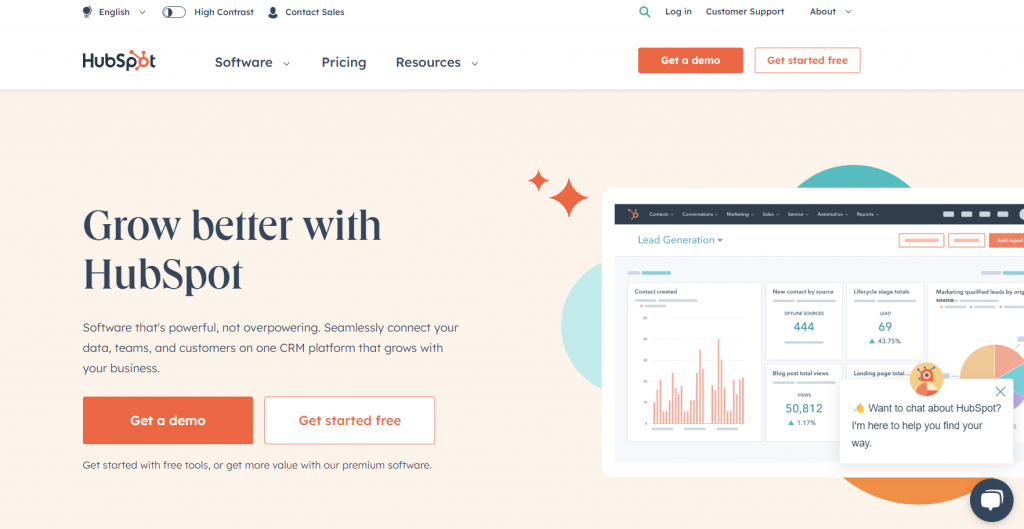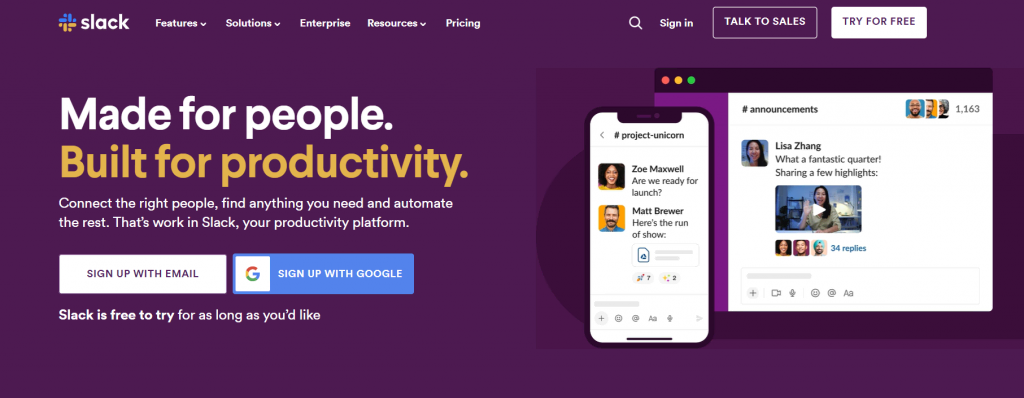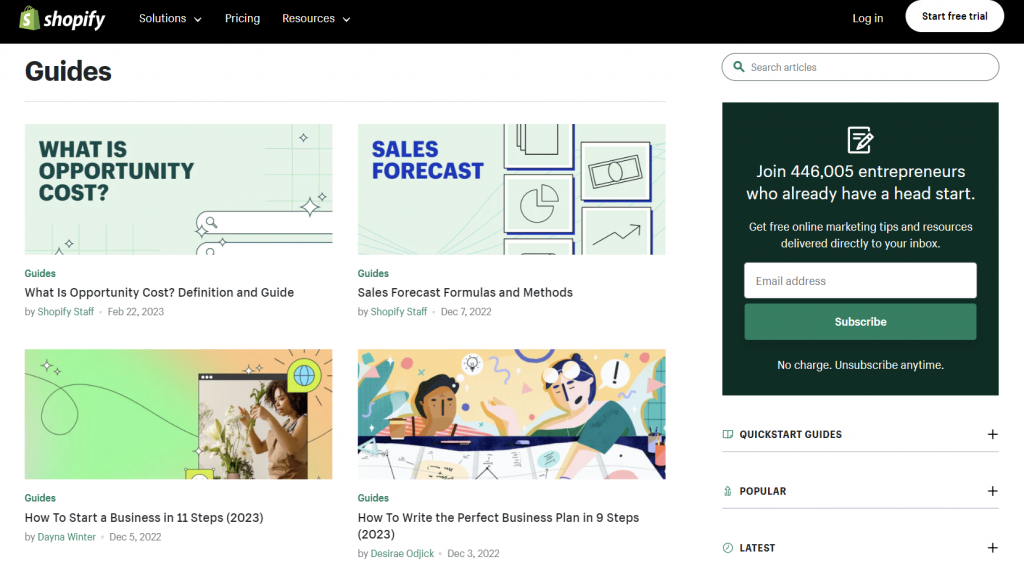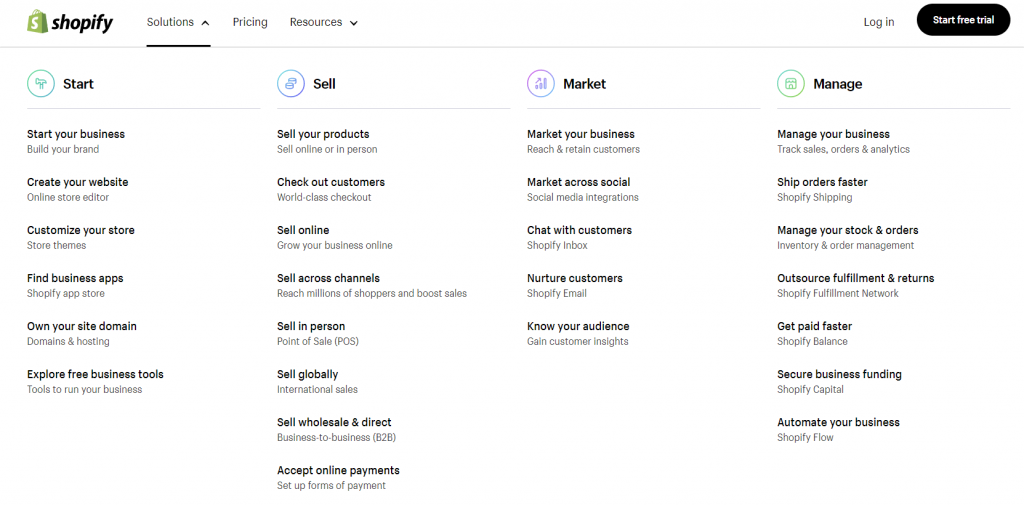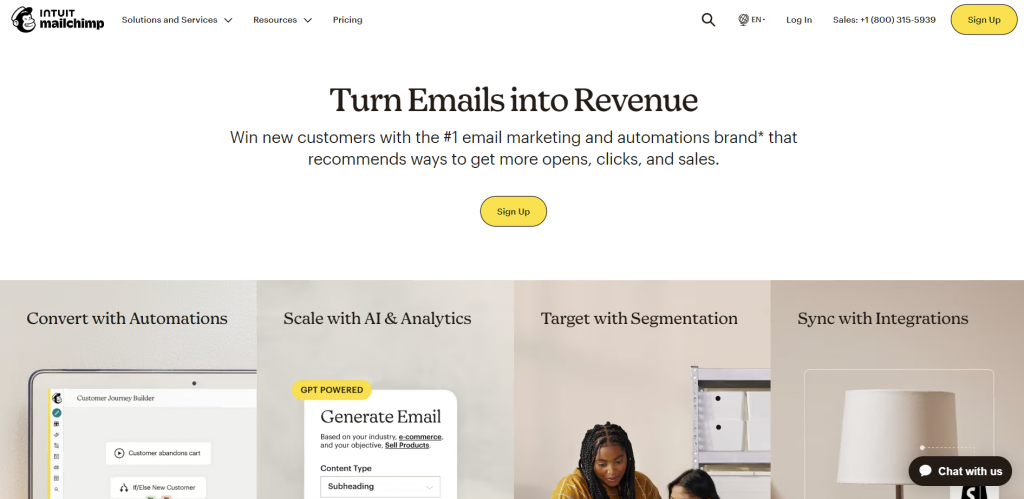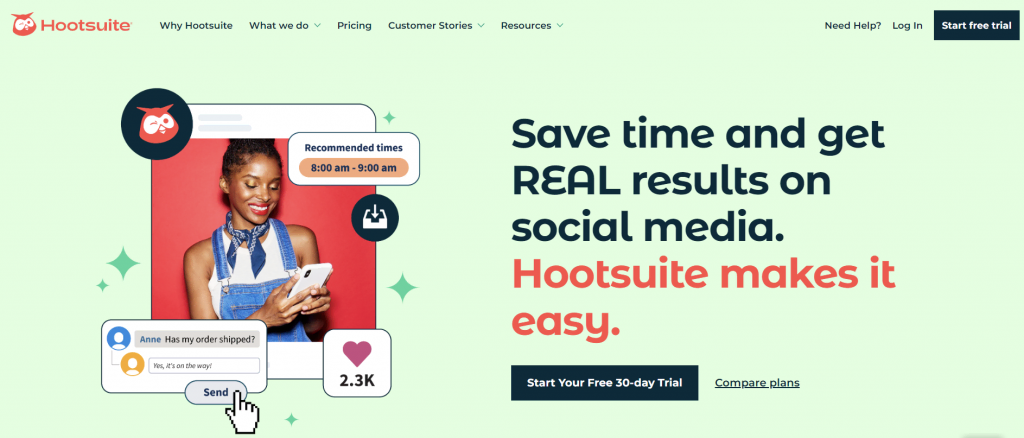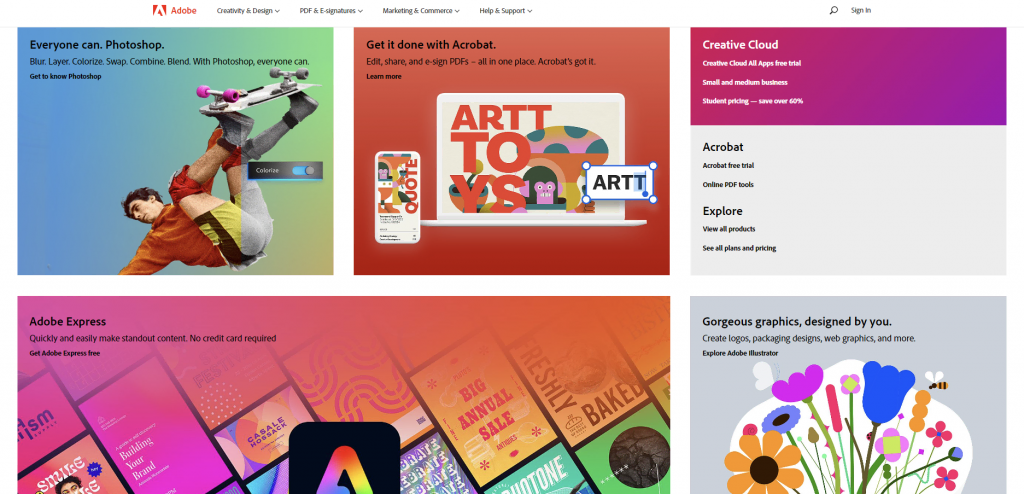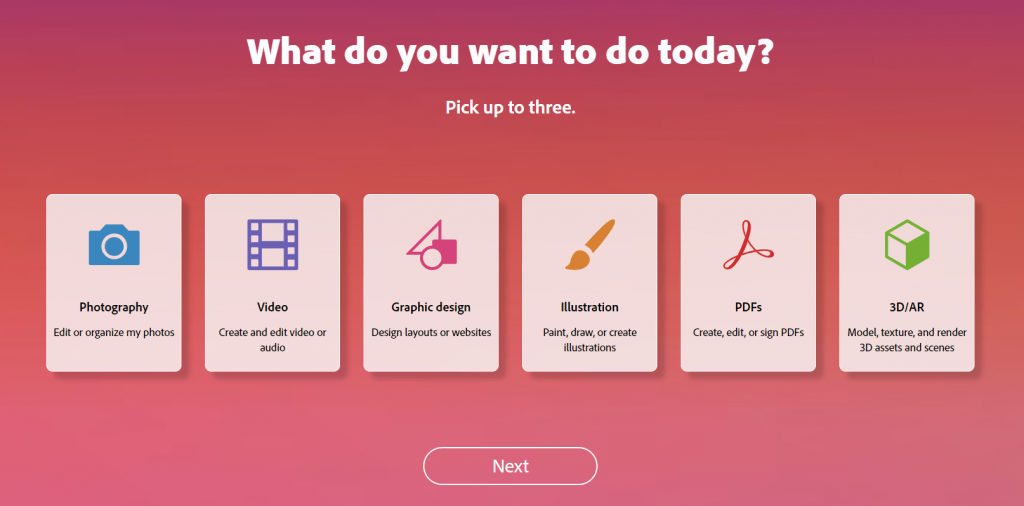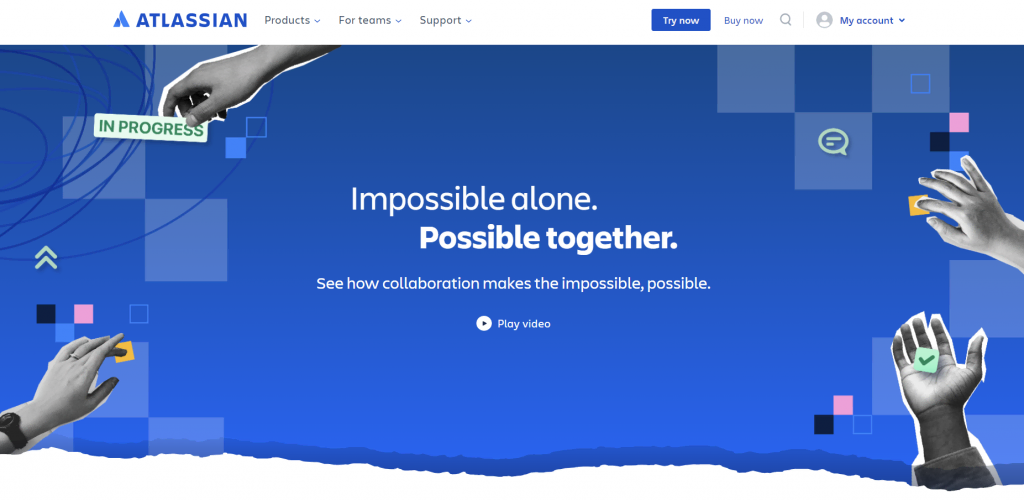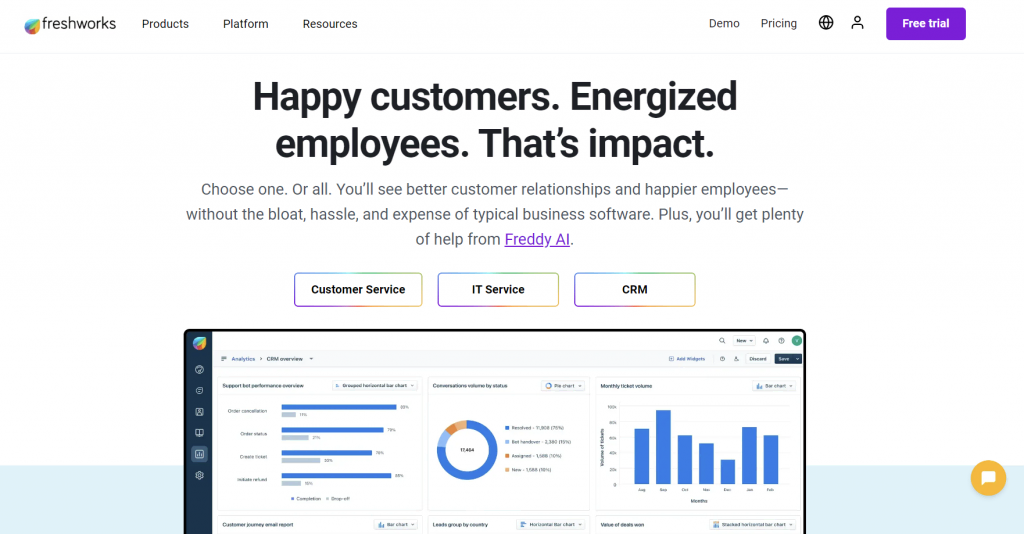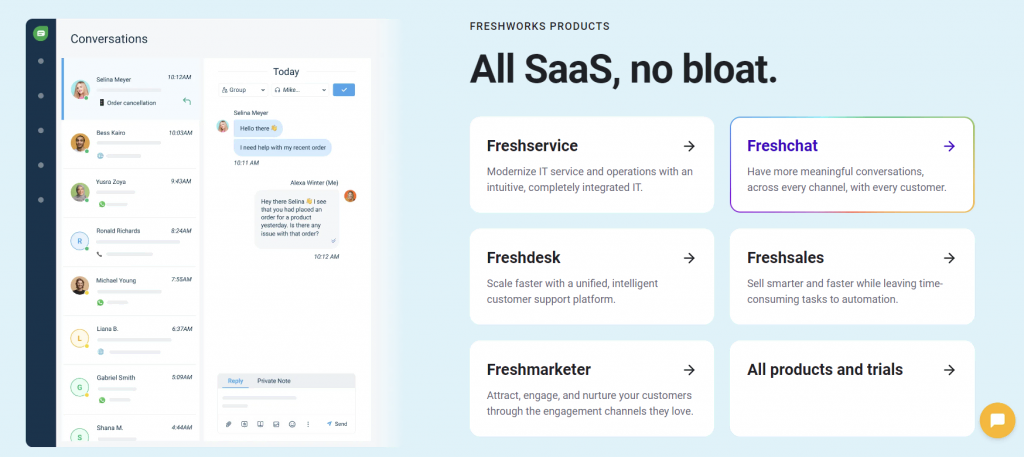B2B Website Best Practices to Enhance Client Experience and Generate Leads + Examples
A well-designed business-to-business website is crucial for reaching more visitors and making a great first impression on them.
Following the best B2B website practices can also improve your user experience, generate more leads, and enhance your brand’s credibility.
With this in mind, we will explore the key strategies and principles that can elevate your B2B website design and optimize your site’s performance.
We will also go over 10 examples of B2B websites with great design elements for your inspiration.
Download Website Launch Checklist
10 Tips for a Successful B2B Website
More than half of B2B buyers will explore your business website and read its content before purchasing. For this reason, it’s crucial to create a useful and intuitive B2B website.
Without further ado, let’s go over the 10 tips to create a great website that helps you drive sales.
1. Invest in Quality Hosting
Investing in good hosting is crucial for a successful website – great design and content won’t matter if your site is experiencing frequent downtimes and takes more than five seconds to load.
Hostinger gives a 99.9% uptime guarantee, ensuring your website is highly accessible to visitors. As for load time, Hostinger Content Delivery Network (CDN) can speed up your website by 40%.
On top of that, we provide robust security measures to keep your site safe, such as free SSL certificates, automated backups, a web application firewall (WAF), and a malware scanner.
Our 24/7 multilingual Customer Success team can solve any technical issues you have, enabling you to focus on running your business.
Simply put, hosting impacts your B2B website’s success, improving its performance, security, and accessibility. For this reason, we recommend choosing a hosting plan from a reliable provider.
For an easier web development journey and a quicker launch, consider building your site with a website builder – it is included in all of our web hosting plans.
2. Create a Buyer Journey for Your Customer
Understanding your potential buyer’s journey, from their initial encounter with your brand until the purchase, can result in improved sales and more effective websites.
This process is also known as mapping the buyer’s journey. Follow these steps to create a buyer journey for your business:
- Pinpoint your target audience. Identify your ideal customers.
- Make a customer persona. Develop average fictional customer representations based on research and data.
- Define touchpoints. Identify all the channels where your potential clients interact with your brand. These can be your site, a third-party website, a social media channel, or ads.
- Map the journey stages. Break down the customer experience journey into stages: no awareness, awareness, exploring solutions, comparing providers, and purchasing.
- Identify pain points. Determine the obstacles your customers may face at each conversion point. For instance, complex pricing or sales team contact pages can lead visitors to abandon the purchase.
- Make stage-specific resources. Create content for each stage to address the specific pain points. For instance, put concise product overviews and testimonials on your landing page.
- Test and optimize. Continuously analyze your buyer’s journey effectiveness and make improvements.
Remember that the B2B buying process differs from business-to-consumer (B2C). Multiple stakeholders are involved, and understanding their challenges helps guide them through the sales process.
Suggested Reading
Check out these Contact Us page examples to give you inspiration of the ways to invite communication from your audience.
3. Make Your Website Search Engine Friendly
Improving your B2B website’s search engine optimization (SEO) helps increase your visibility and organic search traffic, leading to increased brand awareness, lead generation, and, eventually, more sales.
To optimize your B2B website for search engines, start with the following SEO tips:
- Do keyword research. Research target keywords to identify relevant phrases and words.
- Create useful content. Use the identified keywords to create high-quality content that addresses your audience’s needs and pain points.
- Optimize your site structure. Enhance your website’s structure for search engines by optimizing URLs, page titles, meta descriptions, and header tags with relevant keywords.
- Build backlinks. Reach out to industry-leading websites or influencers and ask whether they can link to your website. Think about what you can offer in exchange, for example, suggest writing a guest post.
- Update your website posts. Regularly update your website with relevant content, such as how-to guides, comparisons, interviews, whitepapers, and case studies, to improve your search engine rankings and stay on top of industry news.
4. Add Testimonials to Your Copy
Testimonials provide credibility proof of your products or services’ effectiveness, helping you turn new visitors into paying customers. In fact, 92% of customers read online reviews before purchasing.
To create effective testimonials and drive buyer motivation, ask satisfied customers to share their positive experiences.
Make sure the testimonials are relevant to the target audience, addressing common pain points and objections customers may have.
5. Prioritize Incremental Site Improvements
Don’t forget to make small and consistent improvements, like addressing minor issues such as broken links, slow load time, or outdated content.
Besides taking less time and effort than large-scale updates, these can enhance your B2B website’s overall performance and boost its search results. Furthermore, these improvements will keep your B2B website up-to-date and responsive, leading to a more positive user experience.
An excellent way to initiate improvements is by regularly gathering user feedback and testing the site yourself.
Additionally, if you use one of the content management systems (CMS) like WordPress, remember to update the core software or plugins regularly.
Pro Tip
Around 50% of B2B search queries come from mobile devices. Therefore, when making improvements to your B2B site, ensure it has a responsive design and is optimized for mobile usage. To accomplish this, follow our tutorial on how to make a mobile-friendly website.
6. Use Multiple Lead Generation Strategies
There are various lead generation strategies, such as using Google Ads, showing testimonials on landing pages, publishing blog content or reports, using social media, and leveraging email marketing.
Relying solely on one B2B lead generation method can limit the number of potential leads.
However, you should understand your audience first to tailor your lead-generation strategies accordingly.
For instance, if you run a financial service business, post blog content that can lead visitors to engage or share it on social media. You can try relevant topics like money management or saving tips.
By diversifying lead generation strategies, your B2B website can get more traffic, generate qualified leads, and increase conversion rates.
7. Have a Strategic and Consistent Brand Style
Following a consistent brand style is arguably the best practice for establishing credibility.
Consistency in design elements, such as fonts, color schemes, and images, can create a recognizable and memorable brand image throughout multiple channels, including your website, social media platforms, and even newsletters.
To build a brand, begin by creating and following a style guide that outlines content and design elements.
8. Use Analytics to Gather Insights
Analytics is crucial for B2B websites to gain insights and improve their performance. Tools like Google Analytics offer valuable data on organic traffic, user behavior, and conversions.
By analyzing this data, a B2B website can measure its marketing campaigns’ success and identify improvement areas.
Analytics also help understand customer demographics and interests, improving your targeted digital marketing efforts.
9. Make the User Interface Simple
Keeping your user interface simple and intuitive is the best practice for enhancing the user experience. B2B businesses should aim for easy-to-navigate websites to reduce their bounce rates and help visitors find the necessary information.
To accomplish this, create clear navigation menus, visible calls-to-action, well-organized content, and a responsive design.
Prioritizing simplicity in your B2B website design also means faster load times, better mobile responsiveness, and improved accessibility.
Pro Tip
Consider becoming a web designer for the best possible result. It is not that complicated – simply finishing a few courses can do wonders for your B2B website.
10. Maintain a Professional Tone Across the Site
As a B2B company, communicating with clients professionally is important to establish credibility and trust.
Start by keeping your site content professional – use clear and concise language, avoiding confusing jargon, slang expressions, and metaphors. Furthermore, ensure the tone remains consistent across all pages and communication channels, such as email and social media.
10 Top B2B Website Examples
Now, let’s go over the best B2B website design examples to inspire you.
These great B2B websites demonstrate the companies’ value proposition, educating potential customers and increasing sales.
1. Resource Guru
Resource Guru is a resource management software. This B2B website’s homepage builds trust immediately by featuring testimonials, awards, and mentions of big brands using Resource Guru.
Key Features
- Effective product showcase. Resource Guru demonstrates how its software works by using a GIF on the landing page. This best practice helps highlight its value proposition right from the start of the sales funnel.
- Industry-specific menu. Dividing the menu into specific industries makes it easier for website visitors to find relevant products or resources. This targeted approach enhances the user experience.
2. Salesforce
Salesforce provides CRM solutions to businesses. The website offers a great user experience by putting clear calls to action for free trials or demos and offering resources for various industries.
Key features
- Social proof. Salesforce’s website showcases well-known brands that use it and provides statistics. Doing so helps B2B websites build trust and credibility.
- Clear benefits. Brief feature descriptions accompany the CTAs, helping potential customers to understand the product’s value upfront.
3. HubSpot
HubSpot offers tools for customer relationship management (CRM). Thanks to its minimalist design and easy navigation, HubSpot’s homepage offers clear product descriptions and highlights key features.
Key Features
- Valuable resources. HubSpot offers various educational resources like courses, ebooks, and case studies. This best practice adds value to current and prospective customers, showing HubSpot’s commitment to the users’ success.
- Web accessibility. HubSpot’s B2B website design stands out by offering a high-contrast mode to help visitors with vision impairment.
4. Slack
Slack is a B2B communication and collaboration tool. It is one of the best minimalist design examples – it has clear CTA buttons, inviting visitors to try Slack for free or talk to sales, and an animation that displays Slack’s functionality, helping visitors evaluate the product immediately.
Key Features
- Powerful testimonials. Slack’s B2B website design highlights well-known brands like Airbnb, NASA, and Uber, along with positive survey results, providing strong testimonials and demonstrating its value proposition.
- Engaging content. Slack’s homepage showcases its blog content, customer stories, and reports, offering valuable insights to engage visitors and encourage exploration.
5. Shopify
Shopify is one of the leading eCommerce platforms, enabling its users to build B2B stores. The detailed menu and clear CTAs on the homepage enhance user experience, enabling easy navigation and exploration of the platform.
Furthermore, Shopify empowers B2B owners by providing a variety of resources for building their stores, demonstrating its value and commitment to users’ success.
Key Features
- Clear feature descriptions. The website provides a concise description of Shopify’s features. Clear value communication helps visitors make informed decisions and encourages conversions.
- Social proof. Showcasing customer testimonials enable Shopify to showcase success stories and establish trust with potential customers.
6. Mailchimp
Mailchimp is an email marketing tool. Its B2B website design focuses on helping users by offering a diverse range of resources, including films, series, and podcasts.
The homepage also emphasizes the platform’s benefits in a concise manner, enhancing website effectiveness and helping site visitors grasp the value proposition.
Key Features
- Visual demonstrations. Mailchimp uses GIFs and high-quality images to demonstrate product features, giving visitors a quick glimpse of the platform’s capabilities.
- Showcasing integrations. As third-party integrations are important for email marketing tool users, Mailchimp displays its various integrations directly on the landing page.
7. Hootsuite
Hootsuite offers a social media management platform for B2B businesses. It is one of the best design examples when it comes to simplicity – this B2B website provides a concise description of its features for B2B owners, helping them assess its value quickly.
Key Features
- Customer testimonials. Hootsuite’s website prominently displays customer testimonials as powerful reputation evidence, building trust and credibility.
- Categorized resources. Its comprehensive library of categorized resources is useful for B2B owners across various industries.
8. Adobe
Adobe is a leader in the creative software industry. While it is both a B2B and B2C company, its following features can benefit those creating a website design for B2B sites:
- Product highlights. The landing page effectively showcases a diverse range of software, enabling B2B owners to quickly assess their relevance to their creative projects.
- Organized resources. Adobe organizes its resources for various customer segments. Categorizing them based on industry, content type, topic, and product, enhances the user experience.
- Personalization and guidance. Adobe’s quick quiz analyzes user needs and recommends suitable products, streamlining the decision-making process for B2B owners.
9. Atlassian
Atlassian provides various business productivity tools, like Jira and Confluence. As Atlassian offers several tools, its B2B website design highlights each product’s features, helping users find specific solutions easily.
Key Features
- Blog content. It has the Work Life feature, a great example of engaging blog content. Content like this adds value to users and helps generate more leads.
- Resource-rich site. Atlassian provides various resources like the Agile Coach and Atlassian University to help customers enhance productivity, showing that it cares for their success.
10. Freshworks
Freshworks is all-in-one B2B software that helps companies manage their IT services, customer support, and sales. Freshworks’ website lets B2B owners preview software interfaces by hovering over menus, providing a comprehensive overview for quick benefit assessment.
Key Features
- Trust-building elements. Showing customer testimonials and awards boosts Freshworks’ credibility. Placing the free trial button below a large customer count further builds trust and encourages visitors to sign up.
- Comprehensive product details. The site provides detailed overviews and products screenshots, empowering visitors to make informed decisions based on Freshworks’ functionality.
B2B Website Best Practices: The Basics
How to Make a Website
How to Design a Website
Website Launch Checklist
Web Design Best Practices
Web Design Principles
Conclusion
Implementing the best B2B website design practices can help businesses create a strong online presence, attract potential clients, and ultimately drive business growth.
These best practices include investing in quality hosting, making your website search engine friendly, adding testimonials, using analytics, and designing a simple interface.
We’ve also explored 10 B2B website design examples for your inspiration. To summarize, our three key takeaways are:
- Add animations to your homepage to clearly illustrate how your product works.
- Provide customer testimonials to build credibility and trust.
- Make your website navigation simple and intuitive, helping users find what they need quickly.
Alternatively, consider hiring a web development company for a quicker but more expensive result. If you have any questions or comments, leave them below.

